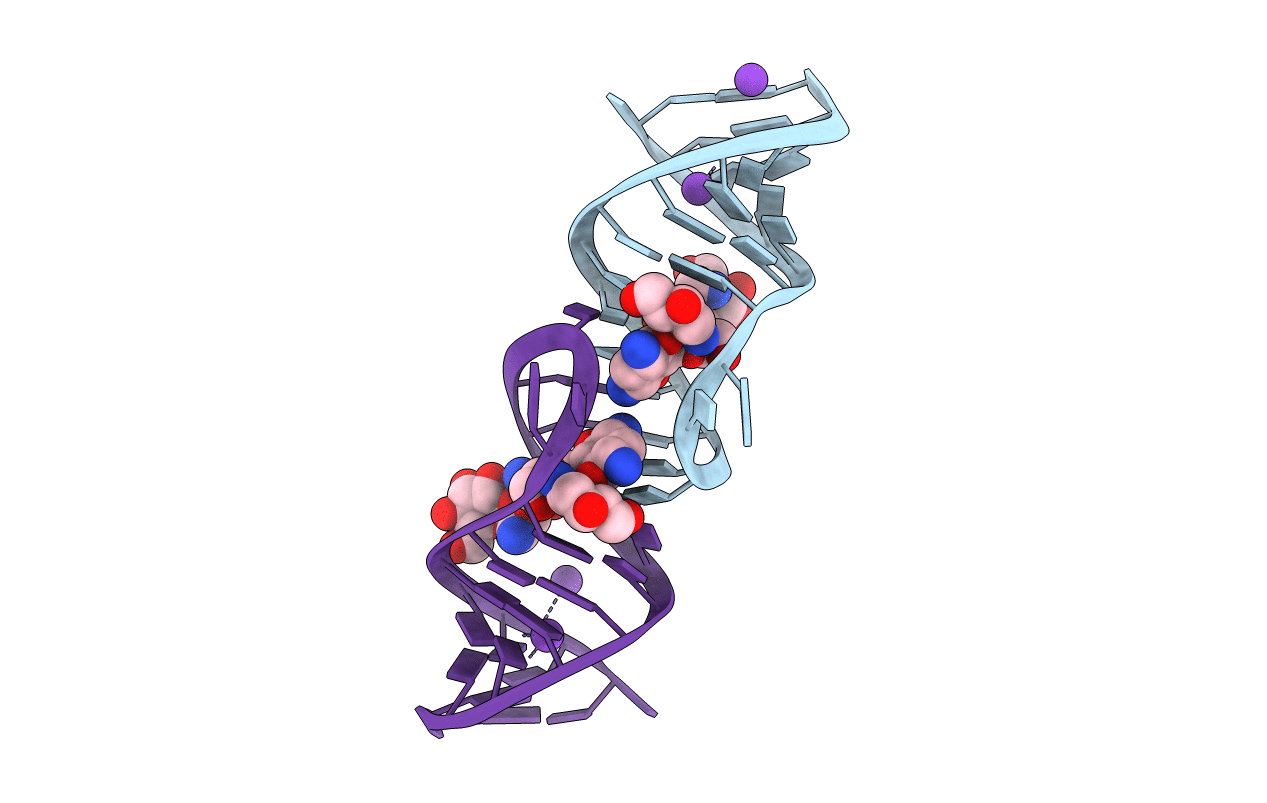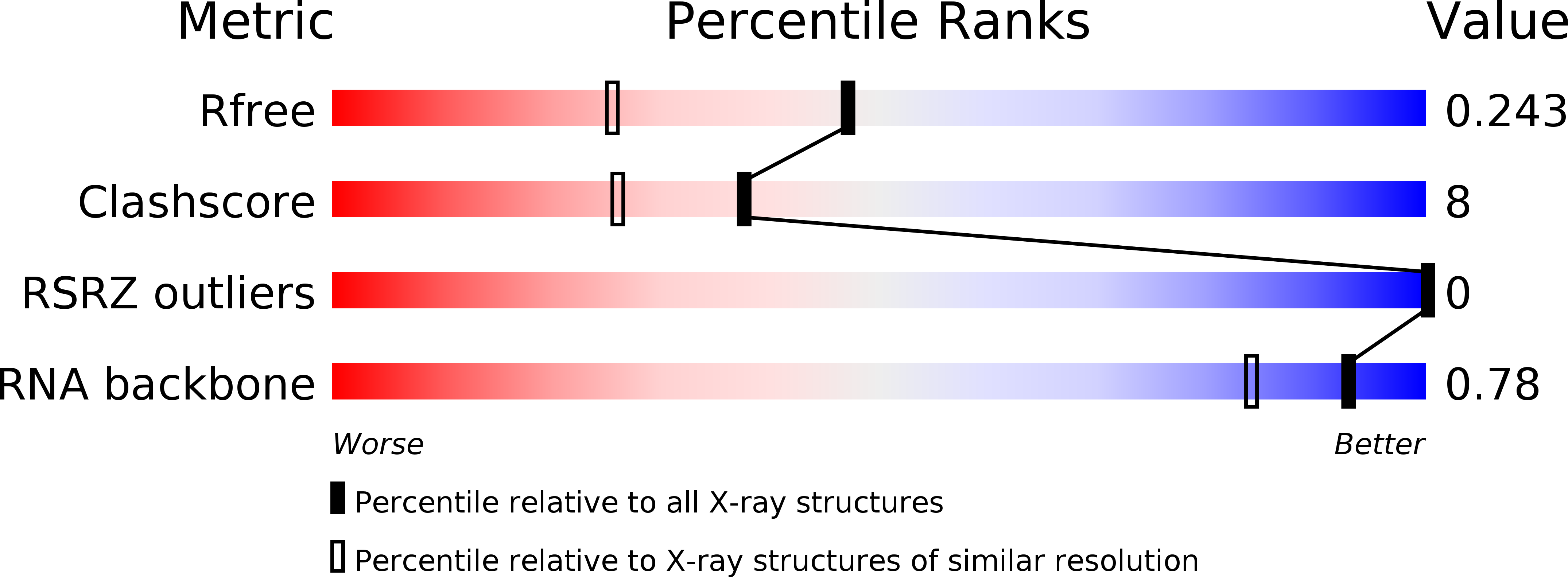
Deposition Date
2005-12-13
Release Date
2006-05-16
Last Version Date
2023-08-30
Entry Detail
Biological Source:
Source Organism:
Method Details:
Experimental Method:
Resolution:
1.80 Å
R-Value Free:
0.24
R-Value Work:
0.24
R-Value Observed:
0.24
Space Group:
C 2 2 21


